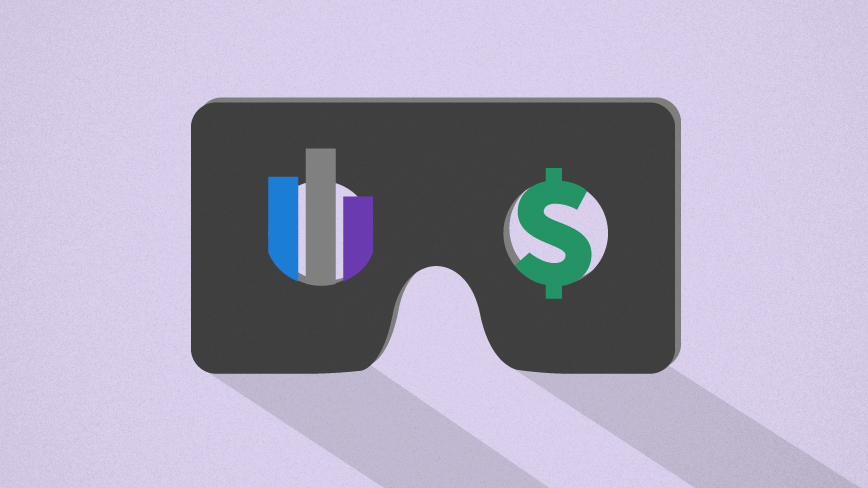Explore some of the current use cases of virtual reality marketing while considering how and when VR marketing could lead to true digital marketing results.
Virtual reality technology has become a mainstay of trade shows and industry expos like this month’s SXSW. People line up for exciting demos, and the novelty of the technology is a sure headline grabber.
However, virtual reality (VR) technology is still fairly niche, especially when it comes to finding practical uses for digital marketing campaigns. Even with smartphone docking products like Apple’s ViewMaster-inspired VR headset and free cardboard-based headsets, virtual reality has yet to prove itself on an actual consumer battleground.
The question on everyone’s mind is: Will marketers be able to use this technology effectively, and what would branded experiences look like? We intend to explore those ideas at the 2016 SXSW Interactive Festival, March 11 to 15. In preparation, we took a look at some of the ways brands are effectively using VR.
The Ultimate Digital Escapism
A dedication to total immersion separates VR technology from others. Immersion naturally lends itself to escapist experiences, offering audiences adventures with a taste of relevant brand values along the way.
Rothenberg Ventures used this approach at last year’s SXSW event when they converted a downtown Austin barbershop into a sumptuous VR venue. Visitors found themselves sitting courtside at an NBA game, or walking anxiously down a bombed-out street in war-torn Syria.
In contrast, Scotch brand Dewar’s escapist approach had a bit more to do with branding ideals. They showcased how the Scottish highlands and its centuries-old distilleries embody the spirit of what makes it into the bottle. Dewar’s wisely incorporated the VR experience into a mobile-optimized microsite, designed to be compatible with the aforementioned Apple ViewMaster and foldable cardboard headsets.
With this approach to VR marketing, the goal is to associate brand values with the product through an experience, even though the actual branding is not usually front and center. In this way, the VR experience often colors the brand, not the other way around. Such an approach could be viable considering that customers do not seem onboard with traditional advertisements on a VR channel.
“One thing everyone agrees [on] at SXSW 2015, both in VR and generally speaking, is that it’s time to stop advertising and start entertaining,” writes one Australian marketing collaboration. “Consumers cannot be tricked – they know they are being advertised to. User experience must be at the forefront of all we do; forget about business objectives if your users aren’t having a nice time.”
Virtual Reality Marketing as a Showroom
Shunting aside glamorous, thrilling experiences in favor of practicality, some brands feel that virtual reality can help give consumers an immersive look at a product without having to visit a store. This approach allows for branded experiences right in users’ living rooms, giving them incentive to travel for products or purchase them online with less hesitation.
Halstead Property, a New York-based realty company, is using this strategy to get people excited about real estate they have never seen in person. Headsets allow virtual tours of building interiors, even if clients are on a different continent.
Hyundai combines escapism with virtual showrooming, letting users virtually rally race in their sporty i20 WRC vehicle. Approaches like these could drum up more interest and brand awareness from the market, but can they offer true long-term return on investment?
Many are trying to answer this question as marketers continue figuring out best practices for using VR in their campaigns. Innovators and experimenters will no doubt be able to reap some rewards, but high investment entry points and untested technology mean that we are still feeling about in the dark with virtual reality and could still be for some time.
This opinion is also shared by Forrester Analyst Thomas Husson, who said, “Virtual reality will start opening up experimental opportunities for brands, but honestly, it will take a long time to reach critical mass.”
Help us discover where virtual reality, the physical Internet and other exciting digital technologies could lead the marketing world in the immediate future by attending SXSW Interactive 2016. We will be co-presenting a panel on the physical Internet, and there will be a host of VR-focused exhibitions. We hope to see you there!

